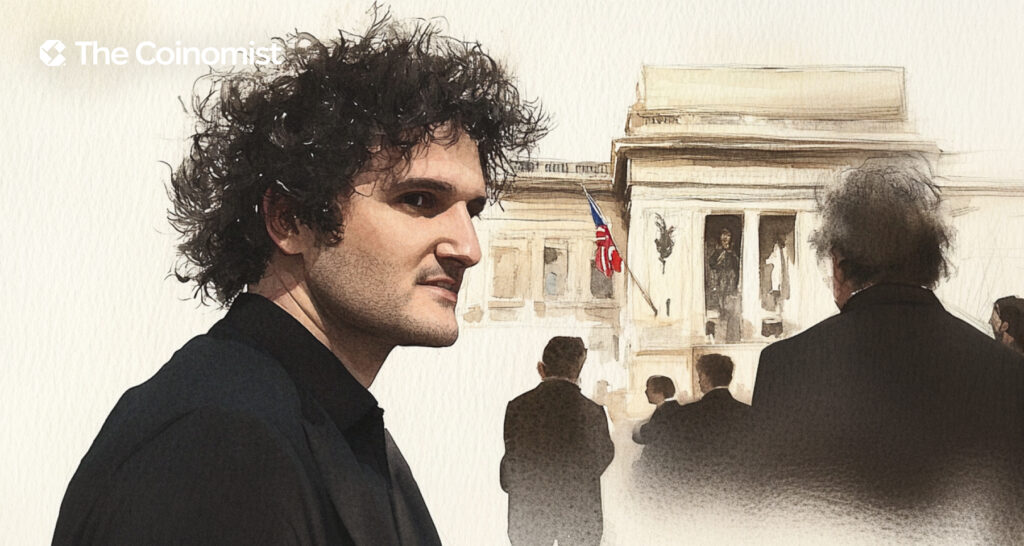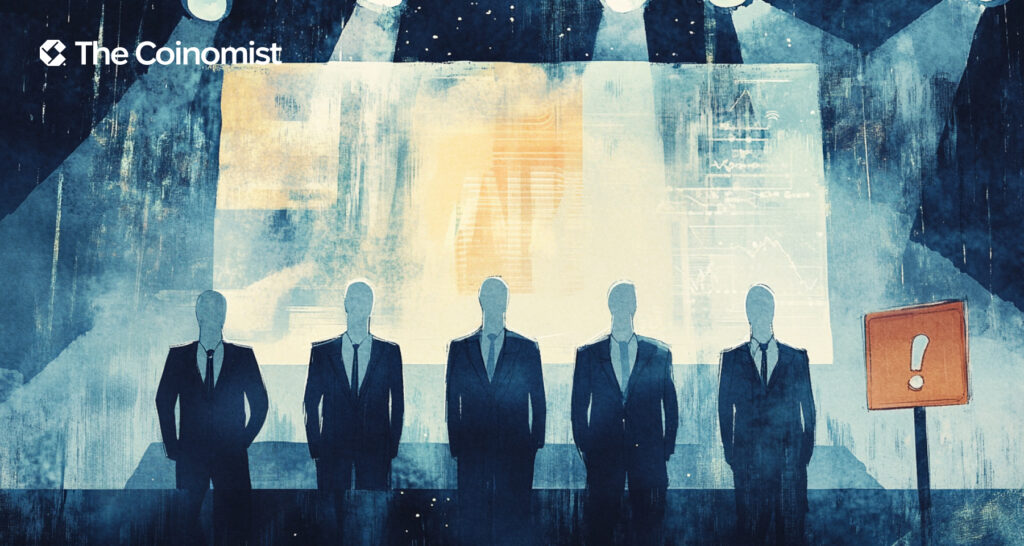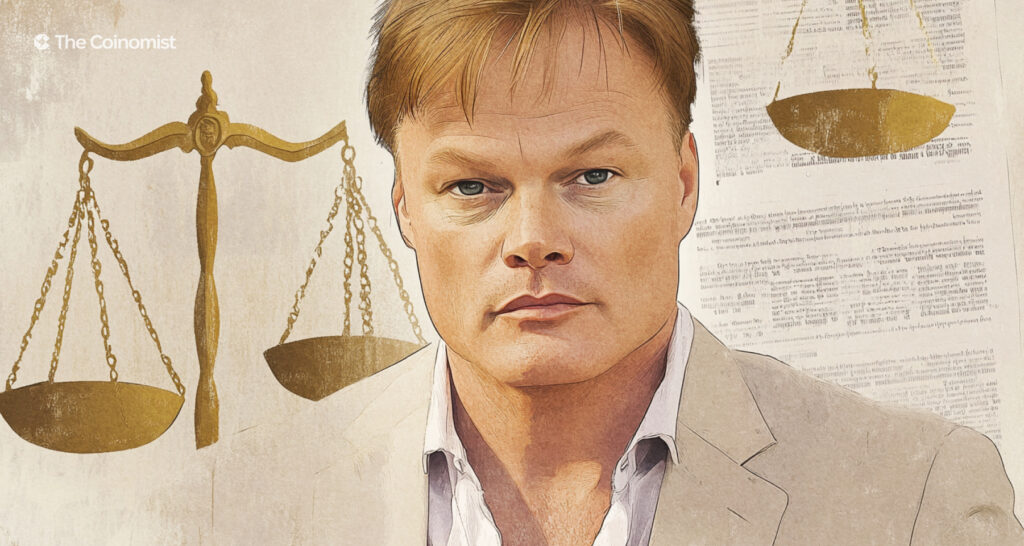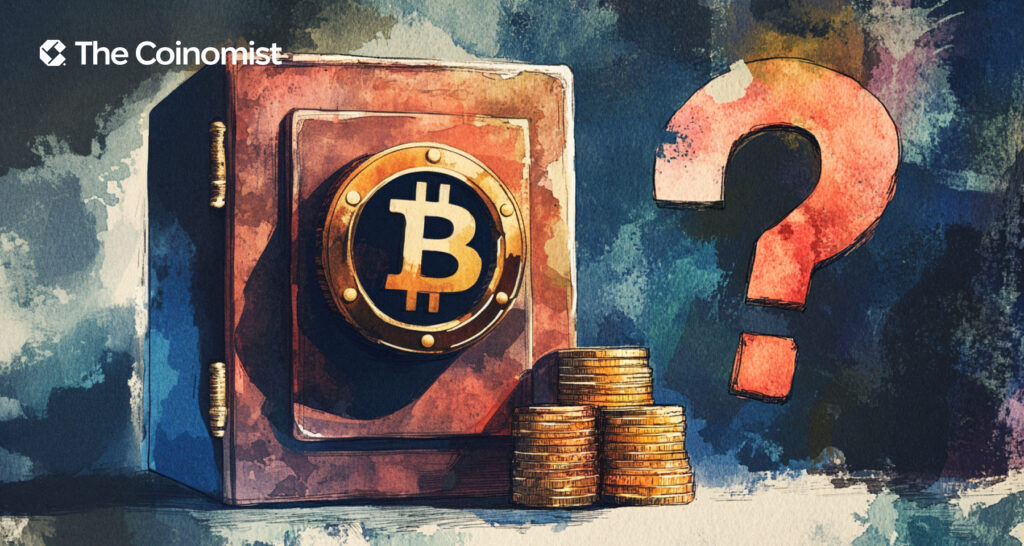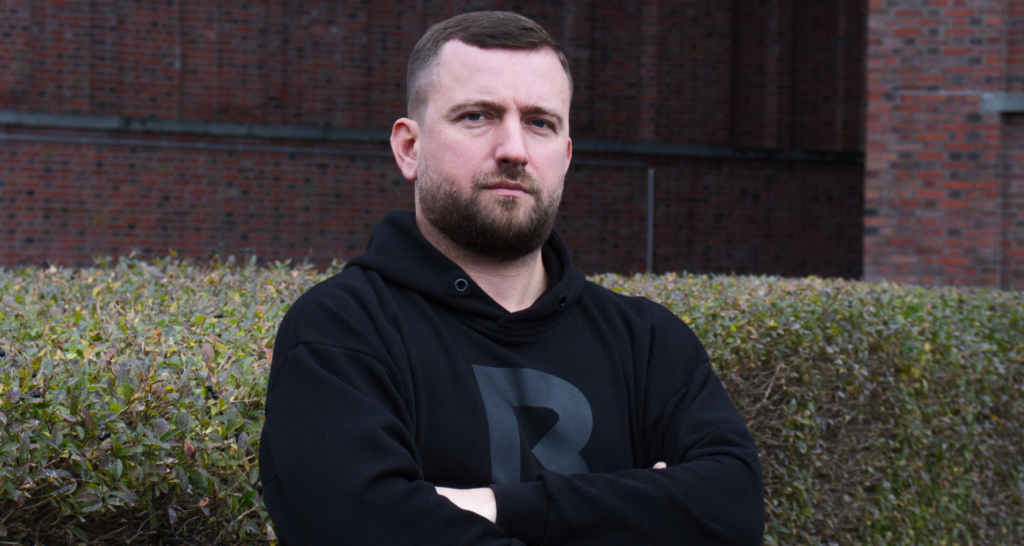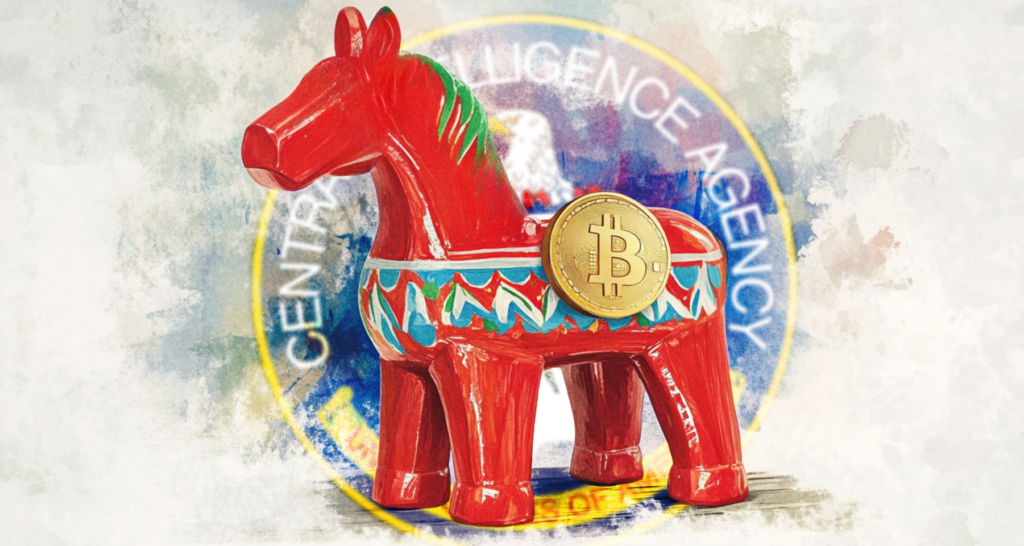Vitalik Buterin’s Fresh Take on Ethereum
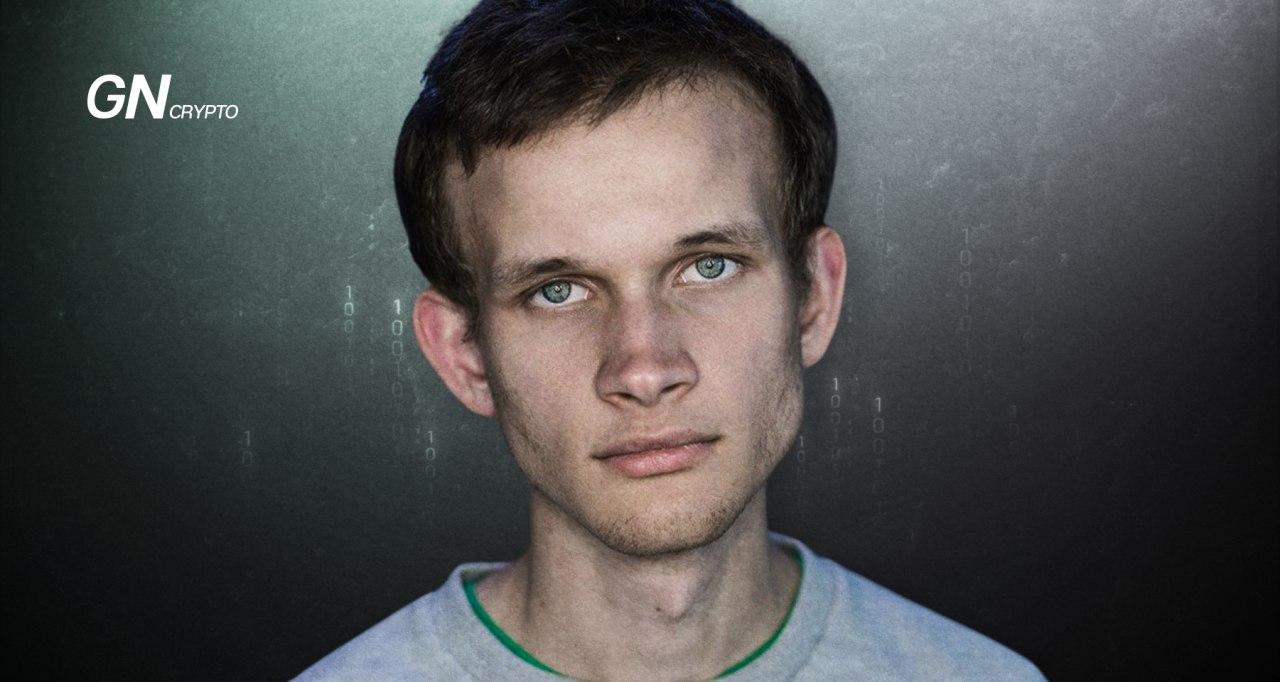
Vitalik Buterin, the mastermind and driving force behind Ethereum, seems to recognize that the digital giant he helped build is becoming unruly. To bring structure to this decentralized empire, immediate action is essential.
On this page
The challenges facing the Ethereum ecosystem were highlighted in our article, “Ethereum Ecosystem: Challenges and Contradictions.” It turns out these concerns were far from baseless—the platform's flaws are well understood, even by its co-founders.
A recent blog post by Ethereum's creator and visionary, Vitalik Buterin, serves as confirmation of this understanding.
In the post, Buterin outlines the urgent steps that need to be taken to keep the ecosystem afloat. He points to the lack of coordination between Layer 2 projects as a major bottleneck for smooth operation and the development of new decentralized applications.
Vitalik Buterin's Vision for the Future
In Vitalik’s view, the main challenge for the Ethereum community is to bring together all developer teams and their projects into a well-coordinated system. He likens the ecosystem to a massive city, where each district (project) develops under a unified set of rules.
The goal is to create harmony between these districts, ensuring they work together and complement each other, building a single, thriving metropolis—rather than a collection of isolated villages where each developer operates independently.
Read more: Vitalik Buterin: Perfect Nerd.
To achieve this seamless cooperation, Vitalik introduces the concept of “alignment.” This means that all projects should adhere to common values and standards. For example, every protocol should remain open-source (allowing everyone to review and suggest improvements), prioritize decentralization, and focus on serving the public good.
However, Buterin warns against a rigid interpretation of “alignment.” Sometimes, the term is misused to create exclusive circles, where only certain people or projects are deemed “correct.” This, he argues, is the opposite of what decentralization stands for.
Ethereum’s ecosystem as a unified metropolis. Source: marcos.antonio
Straightening Out Layer 2? No Problem!
To make the idea of “alignment” more practical and understandable for everyone involved, Buterin suggests breaking it down into a few key elements, which can be expressed as clear metrics.
Here are several criteria a project must meet to be considered “aligned.”
1. Open-Source Code. This is the cornerstone of trust and progress within the ecosystem. When the code is open, anyone can inspect it for vulnerabilities and propose improvements. This ensures the project is safeguarded from hidden flaws, fraud, or manipulation. While not every part of an application needs to be public, the essential components that affect the entire ecosystem must be accessible to all.
2. Unified Standards. For projects across the ecosystem to work together smoothly, there need to be common ground rules. Standards like ERC-20 for tokens already exist, but they're just the beginning. New universal guidelines need to be developed to tackle future challenges.
3. Genuine Decentralization. For the system to be truly decentralized and secure, it must be resistant to failures and attacks. This means the network should never rely on any single point of control or a select group of individuals.
Read more: Decentralization Concerns in the Ethereum Ecosystem
Vitalik proposes two key tests to assess both decentralization and security:
- The Resilience Test. This test asks whether a project can continue operating if its original team were to suddenly vanish. If the project can function independently without the creators' involvement, it is considered decentralized enough.
- The Attack Test. In this test, the Layer 2 development team attempts to breach their own protocol. How difficult is it to compromise the system? If the project can resist attacks from its own creators, it's deemed highly secure.
4. Commitment to the Greater Good. Ethereum-based projects should aim to benefit the entire community, not just enrich their creators. This means that the success of one project should contribute to the growth of the whole ecosystem. For instance, a project could utilize Ethereum’s native token (ETH) in its operations, increasing demand for the token and supporting the broader network. Additionally, projects should consider donating a portion of their profits to fund public initiatives within the Ethereum ecosystem.
Buterin plans to set standards for Layer 2 projects. Source: cryptonews
How Will L2 Projects Be Assessed?
In the view of Ethereum’s chief architect, the system he designed is meant to create new opportunities for the entire crypto community and address significant global financial challenges. Every Layer 2 (L2) project should contribute to this mission, whether by expanding access to financial services, developing technologies that solve problems beyond the crypto space, or supporting social initiatives.
To objectively evaluate the contributions of each development team, a rating system similar to L2beat will be introduced. This system will monitor how well each project aligns with key parameters: how decentralized it is, how secure it is, and how much value it brings to the community. Projects that achieve the highest scores will be promoted by the Ethereum Foundation, receiving additional resources and gaining the foundation’s direct support.
Read more: Vitalik Buterin Reveals Plans for the Ethereum Purge
The Ethereum Foundation will help facilitate the creation of these rating systems, but it will not control them. The criteria will be defined by the community itself, fostering a transparent and fair ecosystem where projects compete based on merit rather than simply trying to appeal to their target audience. This will create a more open and equitable system for distributing resources.
For the evaluation system to be effective, the criteria must be clearly outlined. Vague standards could lead to subjective assessments and potentially negative consequences.
Vitalik is not yet ready to propose specific details but suggests opening this topic for wider discussion.
Will all 22 Ethereum Foundation employees have a say in this approach? There is no definitive answer yet, and such a move could spark criticism, as it may clash with the core principle of decentralization.
Still, there is little doubt that establishing a transparent rating system for L2 projects will make the entire ecosystem more fair and efficient, which in turn will attract more users and developers.
The content on The Coinomist is for informational purposes only and should not be interpreted as financial advice. While we strive to provide accurate and up-to-date information, we do not guarantee the accuracy, completeness, or reliability of any content. Neither we accept liability for any errors or omissions in the information provided or for any financial losses incurred as a result of relying on this information. Actions based on this content are at your own risk. Always do your own research and consult a professional. See our Terms, Privacy Policy, and Disclaimers for more details.










